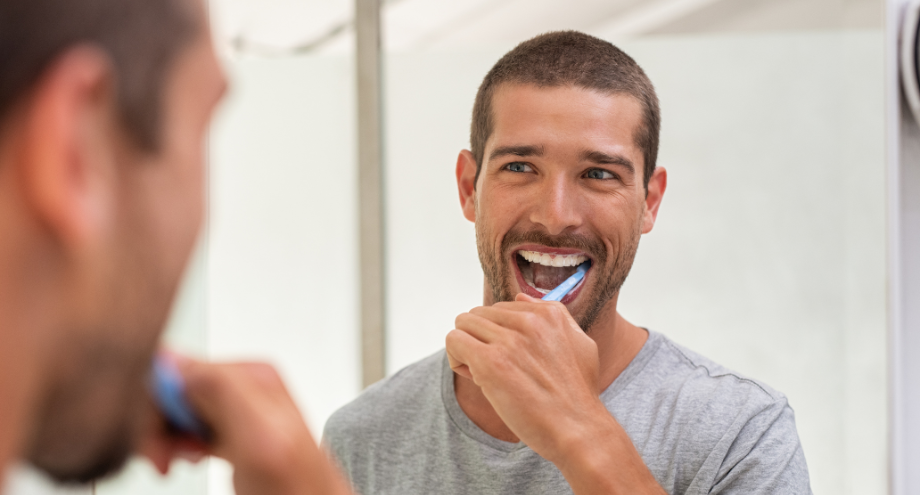CAD-CAM technology has been a revolution in oral implantology since its first implementations.
It all started in the 1980s, when WH Mörmann and M. Brandestini introduced this system into dentistry, and although it began as an experimental and purely theoretical approach, increasingly sophisticated systems were soon developed to helps dentists in the design and fabrication of prosthetic restorations, as well as to facilitate the patient’s access to precise and customised treatment.
This technology opened the door to infinite possibilities in the sector: 100% customised dental solutions with high performance materials, as well as the optimisation of processes as a result of generalised technological progress, which reduced work times and increased the predictability of results.
Advantages of the application of CAD-CAM technology to oral implantology
CAD-CAM technology is one of the steps in the 100% digital workflow in dentistry. This technology brings benefits to all parties involved in the prosthetic manufacturing process for oral implantology treatments.
From laboratory workers and clinic professionals to the final patient: all are major beneficiaries of the application of CAD-CAM technology in oral implantology:
- The surgeon achieves maximum precision in both diagnosis and final results, as well as benefiting from the speed and time and cost savings of CAD-CAM technology.
- The dental laboratory, on the other hand, achieves a lower ecological impact and, by digitalising a large part of its processes, also eliminates potential storage problems.
- The patient, meanwhile, obtains results of better durability, functionality and aesthetics in reduced times and with a minimum number of visits to the clinic.
CAD-CAM technology used to produce dental prostheses offers greater accuracy of fitting, optimises time throughout the process, maximises predictability and offers absolute customisation.
The stages of the CAD-CAM process
The production of dental prostheses using CAD-CAM technology consists of 4 phases:
- 3D scanning: with the help of an intraoral scanner, the dentist scans the patient’s oral cavity to generate a complete three-dimensional image of the oral cavity. The scanner creates a digital model of the patient’s mouth, which is used as the basis for the subsequent creation of the dental prosthesis.
- Design: from the virtual model obtained after scanning, the CAD-CAM software creates the customised dental prosthesis so that it fits perfectly in the patient’s mouth.
- Milling: with the information obtained from the scan and interpreted by the software, the milling machine carves the designed piece into a solid block of the chosen material.
- Finishing and placing the prosthesis: to ensure the optimum fit in the patient’s mouth, the final adjustments are made to the prosthesis before it is placed.
Types of CAD-CAM techniques for the production of prosthetic solutions
There are two CAD-CAM techniques for the production of dental prostheses: milling and sintering. While milling achieves an incredible fit and tightness, sintering is more economical and has a lower environmental impact.
The combination of both options has given rise to a new technique, which combines the possibilities of milling and sintering to provide prosthetic parts with a perfect passive fit and improved sealing.
The most innovative materials for the production of prosthetic solutions
To keep pace with all the advances in the dental and restorative industry, it takes materials to compete. Innovation is also in the materials used to produce quality prosthetic solutions.
There is a wide variety of materials available, each one oriented to specific clinical needs, which allows us to offer targeted and absolutely customised solutions, guaranteeing results of the highest quality and comfort.
Some of the most innovative and most efficient, both for the patient and for the professional, are:
Zirconium
Zirconium is one of the most widely used materials due to its excellent properties, as it is 100% biocompatible, offers great aesthetics, naturalness, strength and durability.
In addition, as it is lightweight, it is extremely comfortable to wear and has a natural non-stick barrier against dental plaque.
Nanocomposites
This type of material represents the perfect combination of aesthetics, strength and durability.
Its improved surface optimises stability and equalises stress distribution between the tooth and the material, and offers high aesthetics thanks to the translucent properties of the material and its chromatic similarity to the colour of natural teeth.
PMMA
The main strengths of PMMA for dental prosthetics include its transparency, aesthetics and scratch resistance. It also offers rigidity and stability, and can be formulated to achieve specific properties, such as making it suitable for food contact or improving its chemical resistance.
PEEK
Thanks to the excellent strength of this thermoplastic polymer composite, as well as its low propensity for plaque formation, PEEK results in prostheses of high quality and elasticity similar to that of human bone.
It is also noted for its biocompatible and biomechanical properties.
Lithium disilicate
Lithium disilicate offers 2.5 to 3 times the strength and resistance of other materials, making the resulting prostheses extremely durable.
Other materials
There are other materials that, although not so new in the sector, continue to offer great results. This is the case of ceramic, composite or titanium.
Ziacor CAD-CAM: 100% digital prosthetic solutions
At Ziacom Medical we count on Ziacor CAD-CAM, a CAD-CAM milling centre equipped with the latest technology, with which we design and manufacture customised dental prostheses using a 100% digital manufacturing process.




